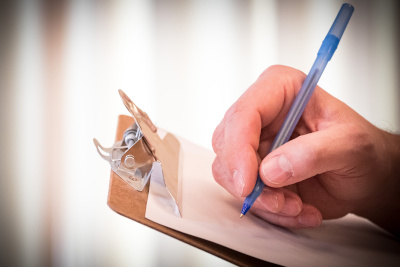Randomization audit

How would you go about drawing a random sample?"
I thought that was kind of a silly question. I was in my first probability class in college, and the professor started the course with this. You just take a sample, right?
As with many things in life, it gets more complicated when you get down to business. Random sample of what? Sampled according to what distribution? What kind of constraints are there?
How would you select a random sample of your employees in a way that you could demonstrate was not designed to include any particular employee? How can you not only be fair, but convince people who may not understand probability that you were fair?
When there appear to be patterns in your random selections, how can you decide whether there has been an error or whether the results that you didn't expect actually should have been expected?
How do you sample data that isn't simply a list but instead has some sort of structure? Maybe you have data split into tables in a relational database. Maybe you have data that naturally forms a network. How can you sample from a relational database or a network in a way that respects the underlying structure?
How would you decide whether the software you're using for randomization is adequate for your purposes? If it is adequate, are you using it the right way?
These are all questions that I've answered for clients. Sometimes they want me to develop randomization procedures. Sometimes they want me to audit the procedures they're already using. They not only want good procedures, they want procedures that can stand up to critical review.
If you'd like me to design or audit randomization procedures for your company, let's talk. You will get the assurance that you're doing the right thing, and the ability to demonstrate that you're doing the right thing.